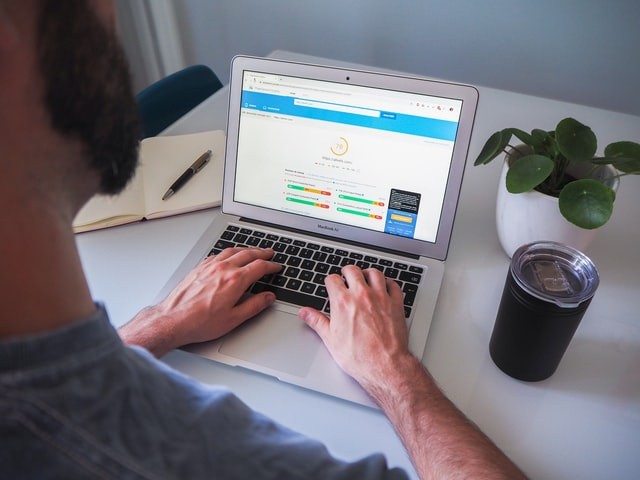
If you have a WordPress website, speed is important but frequently overlooked. There are so many factors that can affect speed, from your choice of WordPress web hosting to your theme.
Understanding site speed and best practices can help you optimize your user experience anytime someone visits your site. Site speed is also a key component of search engine optimization.
Below are some of the key things to know about website speed.
The Importance of Site Speed
Site speed is probably one of the most important areas of focus if you have a website. It has a big impact on SEO rankings, user experience, and conversions.
If your site is slow, you'll have a high bounce rate with low conversions. You're also going to have visitors going to fewer pages each time on average.
No one will sit around on their computer or mobile device and wait for a site to load.
When it comes to SEO, site speed is an especially large ranking factor for mobile pages.
In the summer of 2018, Google rolled out a Mobile-First index. Google's aim with its search results is to deliver content and sites to their users that are going to give them the information they're looking for but also the best user experience.
If your site loads quickly, people are going to spend more time on it.
A good page load time should ideally be around three to four seconds. If you go above that, your rankings and user experience are likely to take a hit.
If you use paid search, site speed is also very relevant. You want to be paying the lowest rates for your keyword bidding. Your quality score helps determine this. If Google sees your site as providing a slow and poor user experience, your quality score drops.
There's also a distinction to be made here between page speed and site speed.
Site speed is how fast your site loads while users are going through it. Page speed is the load time of a specific page. It's similar to site speed, but page speed is more focused on optimizing the elements of a particular page.
Along with what was mentioned above, site speed impacts your paid social ads as well. Facebook and other social sites similarly want a good experience for users, so the faster your site, the better that experience.
With conversions, if you have a slow site, it will greatly affect your ability to convert visitors. If you have a longer conversion or checkout process, this becomes even more problematic. Every time a page needs to load for a conversion, there's more likelihood of a drop-off.
How Can You Measure Site Speed?
You may have no idea your site or a page is slow if you don't do the proper tests.
There are both free and paid tools that you can use to perform a speed test and to monitor performance.
One example is Google Pagespeed Insights. It's created by Google, and it will help you monitor your site performance reports for both desktop and mobile views. You can go between the reports to see common issues between both.
Google will also make recommendations on things that can be fixed.
GTMetrix is another tool. It lets you test your website with a combination of popular tools. You can get a detailed report but also see a brief summary. The tool provides recommendations you can do.
WebPageTest is a free tool, and its features tend to go beyond some of the other tools. A test is run three times to gauge website speed, and you get a detailed view of each result. Then you can click each for a full report.
Load Impact is a little unique because it can show you if your site slows down when you have multiple visitors simultaneously.
When you're running a website speed test, it's not going to give you an exact guaranteed measure of performance. If you have more traffic at any given time, it's like congestion on a roadway.
With that in mind, you should do multiple tests-at least three-to get a good view of what's going on.
Aim to test from different geographic locations to see what your visitors from around the world are seeing. You can specify this on most tools to check site speed. If you aren't sure which countries to check, you can use Google Analytics which will show you where your site visitors are from primarily.
Once you get results, if you see that your website takes longer than two seconds to load, then start looking at the specific reports. You'll be able to see the resources that are taking the longest to load.
How Can You Make a Site Faster?
There are many ways to make a site faster, and some of the best remedies depend on the specific issues with your site.
A few common things you can do include:
Use your own content delivery network. If someone clicks on a video, it will load faster if it comes from a nearby server. A content delivery network (also sometimes called a content distribution network) means that basically you're storing copies of your site in different geographic locations.
Go over your plugins. Plugins are great, and they can add unique features to a site, but the more you have, the longer your loading time will be. Regularly audit your plugins and look for ones that might be slowing your performance or are out of date or no longer useful.
Optimize your images. You want to make sure your images are in the right format. For photographs, that's usually JPEGs. You want them compressed for the web as well. You can also use CSS sprites for images often used across your sites, like icons and buttons. They'll combine your images into one image loading all at once, reducing HTTP requests.
These are just a few of the many ways to speed up a site and improve its performance.








